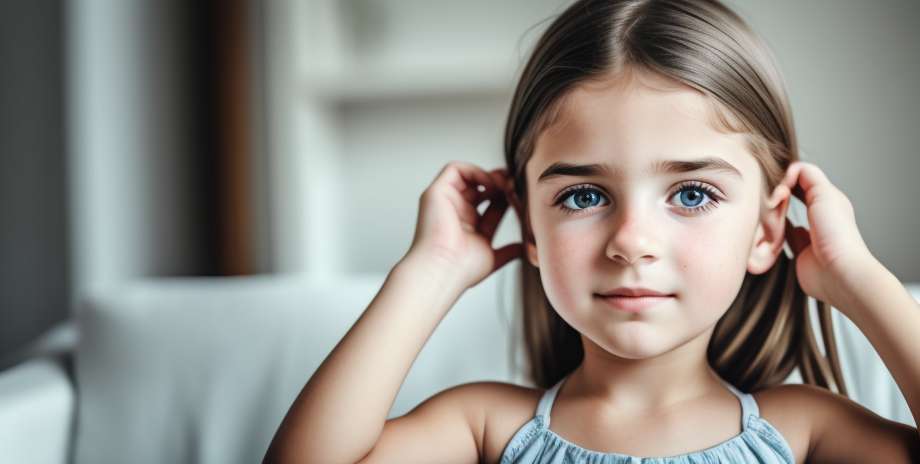Child behavior in the face of grief is often misinterpreted and many adults believe that a reaction not sad of the child, is because they do not understand what happened or because the pain has already been overcome. What happens is that your mind protects you from experiences that are too strong for your young age.
There are differences in the way manifest mourning between children and adults. Researchers at the National Cancer Institute of the United States say that children do not react to loss in the same way as adults and may not show their feelings completely by adopting specific reactions.
Some little ones, instead of becoming withdrawn and having obsessive thoughts about the deceased person, they become active For example, they can be very sad for a minute and continue playing immediately afterwards.
Psychologists indicate that episodes of childhood grief tend to be shorter because young children can not rationally explore all their thoughts and feelings as an adult does. Also, they have difficulty verbally expressing their affliction, so their behavior says more than their words. Feelings of anger, fear of dying or fear of being abandoned They can be evident in their behavior. The grieving process may need to be analyzed several times during the development of a child's life.
Grief and the stages of child development
The death and events that surround it are interpreted in different ways depending on the stage of child development:
- Infants (from birth to 12-14 months ): Although they do not recognize what death is, babies who have been separated from their mothers can be apathetic, quiet and not respond to smiles or lullabies. You can also observe physical changes such as weight loss, sleeplessness and lack of activity.
- Of 2 to 3 years of age: usually confuse death with sleeping and they may feel anxiety at a very early age; with the possibility of losing speech for a period of time and showing generalized anguish.
- Of 3 to 6 years of age: they also tend to see death as a way to sleep ; the person is alive but limited in some way. These children do not completely separate the death of life; They think that death is physical but they think it is temporary, reversible and not definitive. His concept of death can have a magical component. For example, they often believe that a bad thought of theirs caused that person's illness or death. Children under 5 years of age may exhibit eating, sleeping, and control of bodily functions.
- Of 6 to 9 years of age: they are likely to start showing curiosity about death , including asking specific questions about what happens to the body when one dies. They see death as if it were a person or a spirit separate from the individual who died, for example, a skeleton, a ghost, an angel of death or simply the coconut. Children can see death as something definitive and intimidating, but it happens more to old people (not to them). They may present school phobia, learning problems, aggressive or antisocial behavior, become extremely worried about their own health (for example, showing symptoms of imaginary illnesses) and isolate themselves from others. They can also become highly attached children and dependent on others. Boys show a more aggressive and destructive behavior than girls, instead of being sad.When the father or mother dies, the children may feel abandoned by both parents, both the one who died and the one who is alive, since the parent who is alive is immersed in his own sadness and is not able to provide the emotional support that needs to.
- Of 9 years old and up : from 9 years old, the child sees the death as something inevitable and not as a punishment. At age 12, he understands that death is irreversible and that it happens to everyone.
The parents or guardians must be aware of the minors to detect any disorder associated with the grief and accompany them in the process to understand said behavior.
Video Medicine: How to Help Your Child Cope with Grief | Child Anxiety (April 2024).
